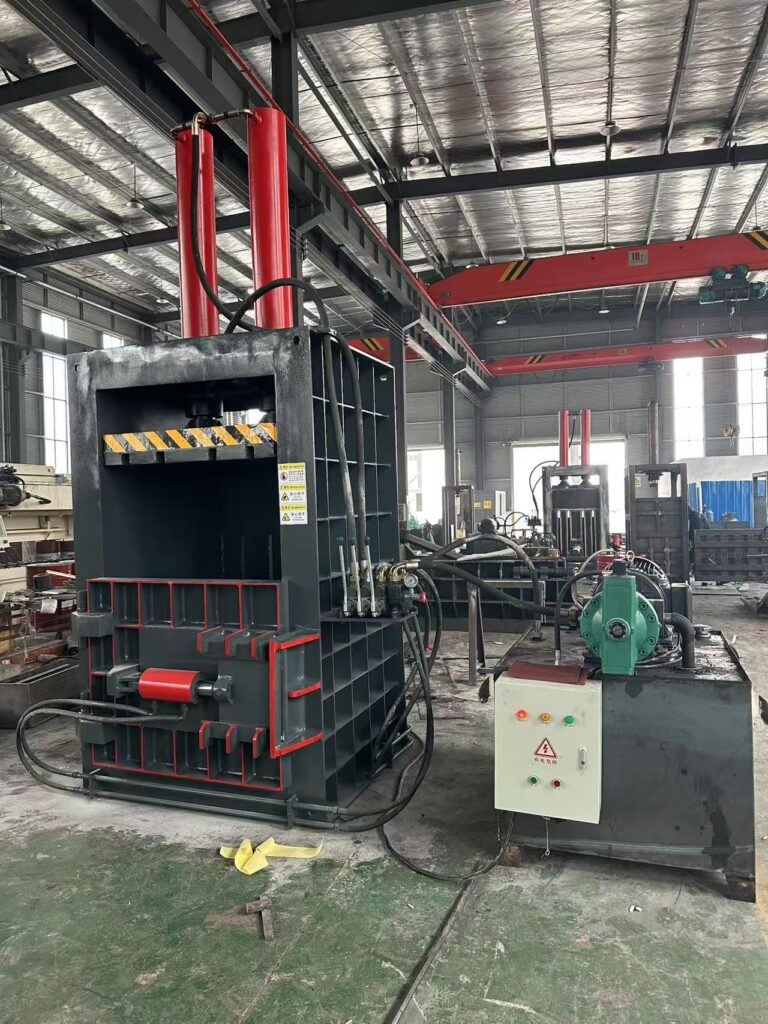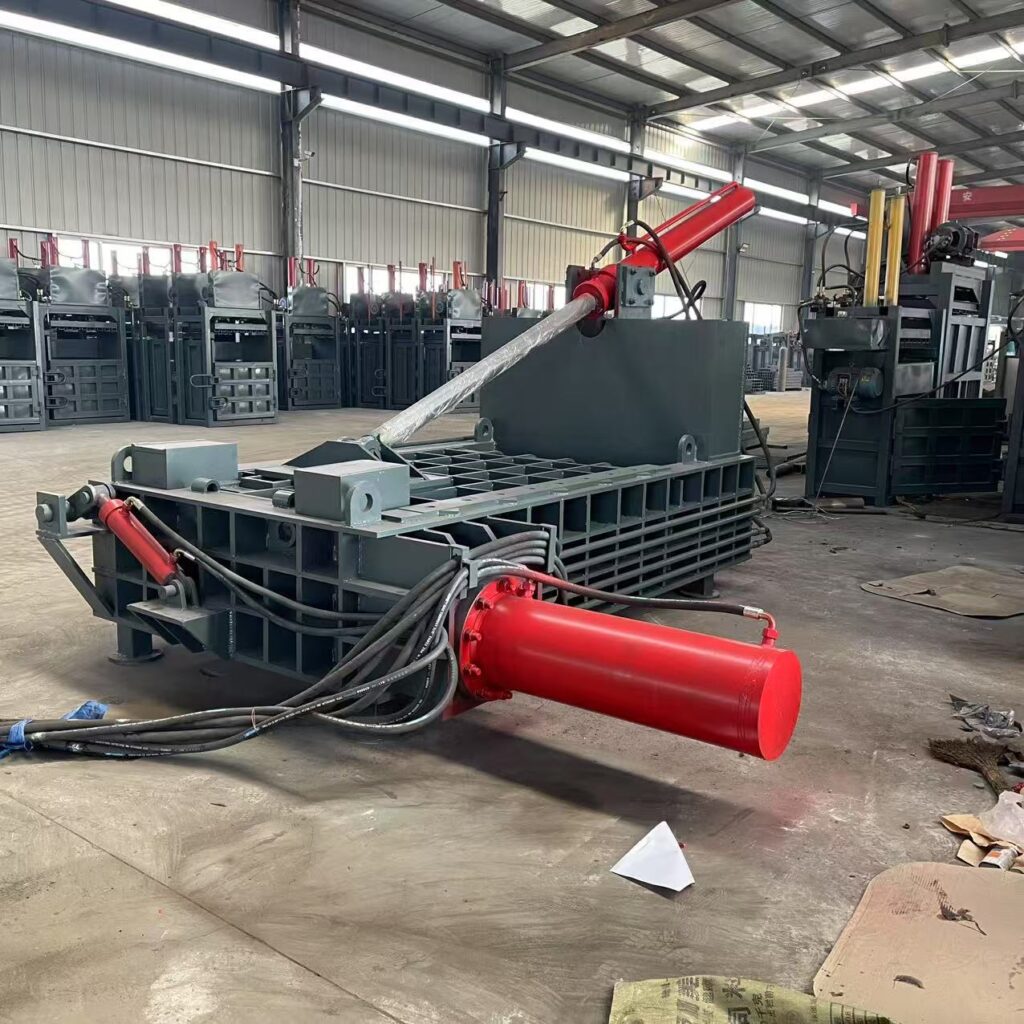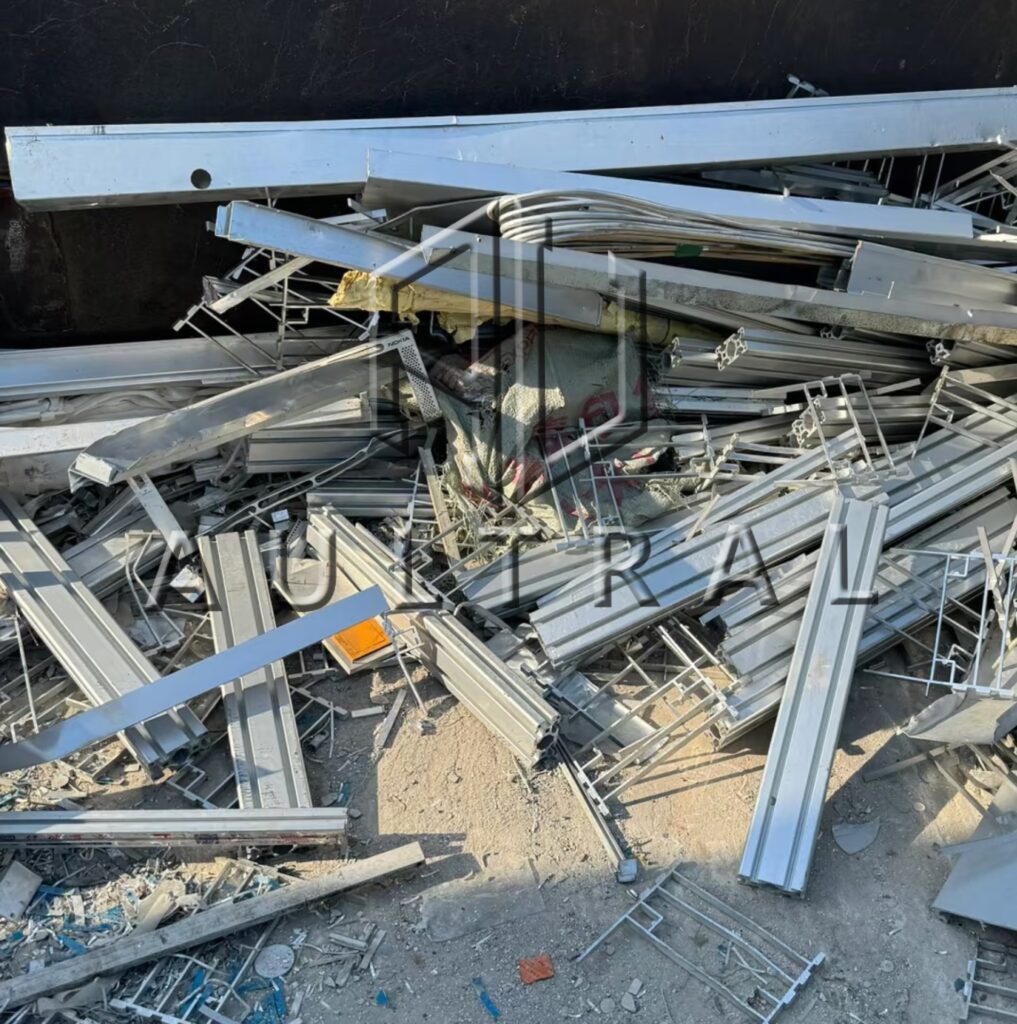How to Choose the Right Metal Baler for Your Recycling Business?
In the recycling industry, efficiency and cost control determine profitability. For businesses handling scrap steel, aluminum, copper, or other metals, a metal baler is essential. By compressing loose scrap into dense bales, a baler reduces storage and transport costs while improving the value of recyclables.
But with so many types available — vertical, horizontal, hydraulic, and fully automatic — choosing the right one can be confusing. This guide explains the key factors to consider when selecting the best scrap metal baler for your operations.
1. Understand Your Material
Different metals require different balers:
-
Ferrous Metals (Steel, Iron): Need high hydraulic pressure for effective compaction.
-
Non-Ferrous Metals (Aluminum, Copper): Require precise compression control to protect material quality.
-
Mixed Scrap: A versatile baler with adjustable force is best.
👉 Tip: Match the baler’s compressive strength with the density of your scrap.
2. Processing Capacity
Your daily scrap volume guides the baler choice:
-
Small Scale (1–5 tons/day): Vertical or semi-automatic balers are cost-effective.
-
Medium to Large (5–50 tons/day): Horizontal hydraulic balers with conveyor feed improve efficiency.
-
Industrial (50+ tons/day): Fully automatic balers offer maximum output with minimal labor.
3. Vertical vs. Horizontal Balers
Vertical Balers
-
Compact and affordable
-
Lower output
-
Manual or semi-automatic operation
-

Horizontal Balers
-
Continuous feeding and auto-ejection
-
Higher bale density
-
More expensive but efficient

👉 Rule: Vertical balers suit smaller workshops, while horizontal balers fit large recycling plants.
4. Hydraulic Power
Most balers today are hydraulic because they:
-
Deliver stronger compression
-
Handle ferrous and non-ferrous metals
-
Offer adjustable settings
Mechanical balers exist but are rare, less efficient, and better suited for lighter materials.
👉 Always choose hydraulic balers for scrap metal processing.
5. Bale Size and Density
Ask buyers what bale dimensions they require:
-
High-Density Bales: Reduce transportation costs and are preferred for export.
-
Custom Sizes: Certain industries or furnaces may need specific bale dimensions.

6. Automation vs. Labor
Automation reduces long-term labor costs:
-
Manual/Semi-Automatic: Lower upfront price, but more manpower needed.
-
Fully Automatic: Conveyor feeding, auto tying, and ejection; higher investment but faster ROI.
👉 If labor costs are high, automation is the smarter choice.
7. Maintenance and After-Sales
Choose a baler with durable parts and reliable service:
-
Wear-resistant blades and hydraulic seals
-
Spare parts availability
-
Local or remote technical support
👉 The true cost is not just purchase price but maintenance + downtime.
8. Budget and ROI
Balance price with efficiency. While cheap machines may seem attractive, they often cost more in the long run.
-
A larger-capacity baler saves labor and transport costs.
-
Second-hand balers are an option, but only from trusted suppliers.
👉 Calculate ROI: (Savings + Scrap Value) – (Purchase + Maintenance).
9. Safety and Compliance
Ensure your baler meets safety standards:
-
Emergency stops and guards
-
Overload protection
-
Pressure release systems
This protects workers and avoids regulatory issues.
10. Scalability for Growth
If you plan to expand, invest in a baler that supports add-ons such as conveyors, shredders, or sorting systems.
Conclusion
Selecting the right metal baler requires balancing material type, processing volume, automation, and ROI. A good baler reduces costs, increases scrap value, and supports long-term business growth.
Whether you choose a vertical baler for small operations or a fully automatic hydraulic baler for industrial-scale recycling, the right machine will give your business a competitive edge in the scrap market.
